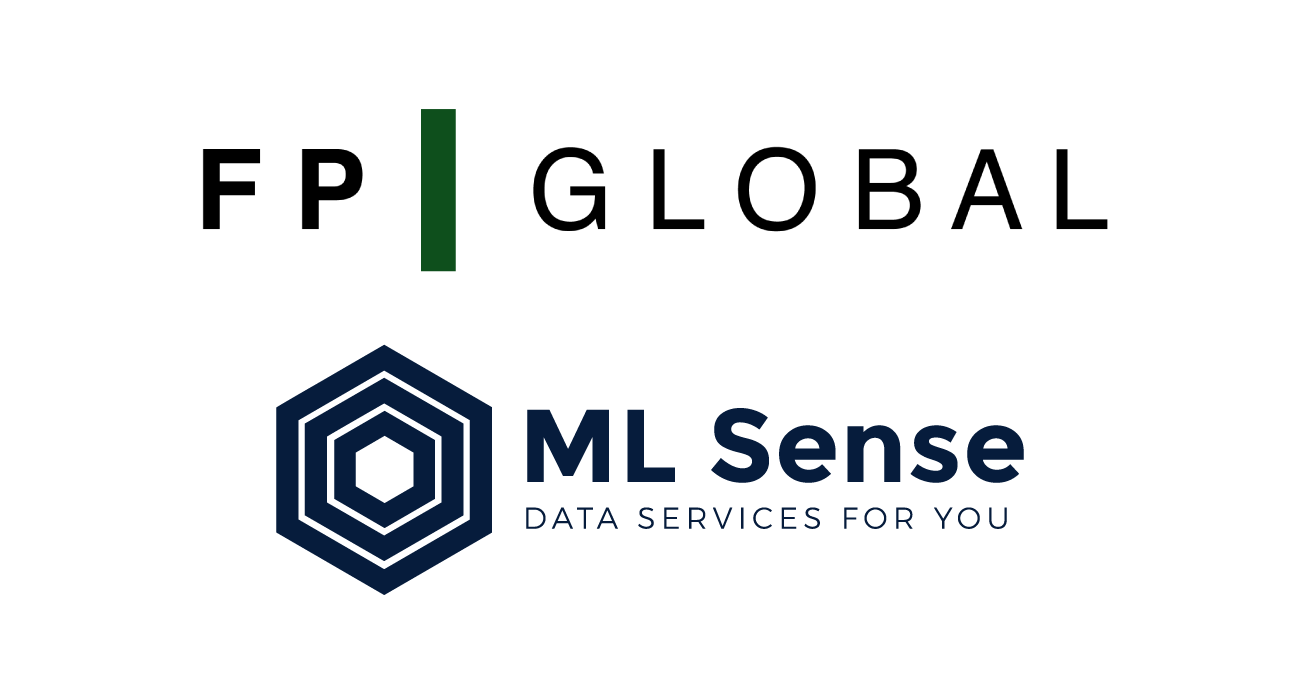Latest Insights
April 22, 2020
Landed in the Middle Office after navigating through our mind map? Welcome to the club!
Congrats – you must have done your research on what the Middle Office has to offer in Financial Institutions! While many have described this section of the financial institution to be the-one-that-assesses-all-risks, it is no doubt that this section of a financial institution makes and saves quite a bit of money.
Why is this function commonly termed “The Voices of Reason” ? Are they ambiverts or omniverts by nature? By observation and research, most people working in the Middle Office tend to be of a certain personality type and possess a variety of key traits. It’s not everyone that can thrive in the midst of new, chaotic inputs from the front office while being the crucial link to the more operational side of things. While many do end up growing into the role, there are some who are naturally predisposed to thriving in such an environment.
Wanna find out more? Keep reading on!
Three Personality Types by Myers Brigg’s:
- ENTJ – Logical, Analytical, Good Strategic Planners
- ESTJ – Realists that make practical decisions
- INTP – Independent and creative problem solvers
What are some key traits of Middle Office individuals?
1. Orderly
You like processes and systematic approaches! Typically a compliant person by nature, you prefer to go according to the books – since it’s tried and tested, why not just follow it right? After all, that’s the safest way!
2. Responsible
Your friends typically know that you can be counted on, and that they can rely on your support to get things moving – projects, homework, events – anything and everything. You have a natural sense of accountability and you assume responsibility for things entrusted to your care – and that’s very admirable!
3. Analytical
Crunching numbers all day long? No sweat. In fact, it can be pretty exhilarating to see everything line up. Staring at figures, charts and deducing what the figures are trying to tell you? Totally your vibe – you are an absolute natural.
4. Meticulous
Details, details, details. You pay a great amount of attention to the little things because- they matter! In a role where you support the front office, the processing of the trades and ensuring that the data is accurately keyed is something you gain great satisfaction from.
5. Effective Communicators
“Communication is key” – You live, breathe, and stress on this phrase, and apply it across all facets in your life: work, play, self. Sometimes, over-communication is even necessary. After all, everyone drops the ball at some point and no one is a mind-reader right?Did we just describe you?
What kind of educational backgrounds do you require to begin your middle office journey?
- Bachelor’s Degree in Banking and Finance, Economics, Accounting and Finance
- Internships
- Pursuing any specialist diplomas will be an added advantage
If you’re interested to find out more about the opportunities in Front Office, Middle Office or Back office, have a look at our job opportunities here and speak to the consultants in charge of the role.
a base monthly salary + commission structure
Though there are a selected handful who chose to use variable bonuses instead of a commission structure, this makes up only less than 12% of the Fund Administrators in APAC.
Let’s discuss the variable in this equation : the commission structure.
Here are 3 commission models that are commonly utilized by Fund Administrators today:
It was those trying times that created the biggest growth for me as an individual and as a female leader.

Revenue Generation model:
The revenue-generated commission model is not as widely used as before but still rather popular. If a salesperson manages to sell a service, they get X% in commission for doing so. It would be mostly suitable for organizations looking to grow their market share or enter a new territory as these organizations are not as focused on profit yet.
Gross Margin model:
The gross margin model is a slight variation to the revenue commission model. Instead of a percentage of the revenue, the salesperson earns a percentage of the profit earned by the company. The gross margin model encourages the salesperson to sell the company’s services at a higher price due to the mutual inclusivity of the fee earned and the salesperson’s commission earned. This is great for companies with flexible price margin structures and it also spurs the individual to work harder.
Tier-based Commission model:
A tier-based commission model is a great way to incentivize top sales professionals to continue to bring the bacon home even after meeting their thresholds for the month, quarter or even for the year. After closing a certain number of deals, the commission rate increases. This model is great for medium to large institutions with a larger budget to stretch and stimulate their hunters to continuously quest and attain new market shares. Conversely, if these sales professionals do not manage to clear their minimum thresholds, they do not earn a penny at all. An example would be a candidate who shared with me an interesting commission structure: being given a flat fee for every new client on-boarded on top of his usual commission rate. This was a flexible arrangement by his existing employer to further inspire him to keep bringing new businesses to the firm.
So what’s our biggest takeaway from the best sales professionals in the industry?
The best salesperson often looks at the total amount he/ she takes home every day.
Another top sales leader of the industry shared with me the importance of the take-home package. She was willing to go to the extent of taking a slight cut in her base salary as she was compensated with a higher commission package in her next career move.
With so many existing compensation packages available it is also important to realise that no single remuneration structure will fit all your employees. With the above pointers in mind, my research gathers that sales professionals believe in having a commission structure that encourages them to continuously believe and sell a company’s offerings; because their growth in career and wealth is parallel to the company’s growth.
Funds Partnership Asia has assisted the majority of our clients in structuring an effective remuneration package for sales professionals. We take the time to understand your firm’s capacity, expectation and overall strategy and align with individual candidates’ motivations, capabilities and the value they are able to bring onto the table. If you are looking to on-board a new hunter into your team or looking to understand what your competitors are doing to remain competitive, reach out to Justin Lee for a discussion on the market today.
Share This Article
Articles You May Like















